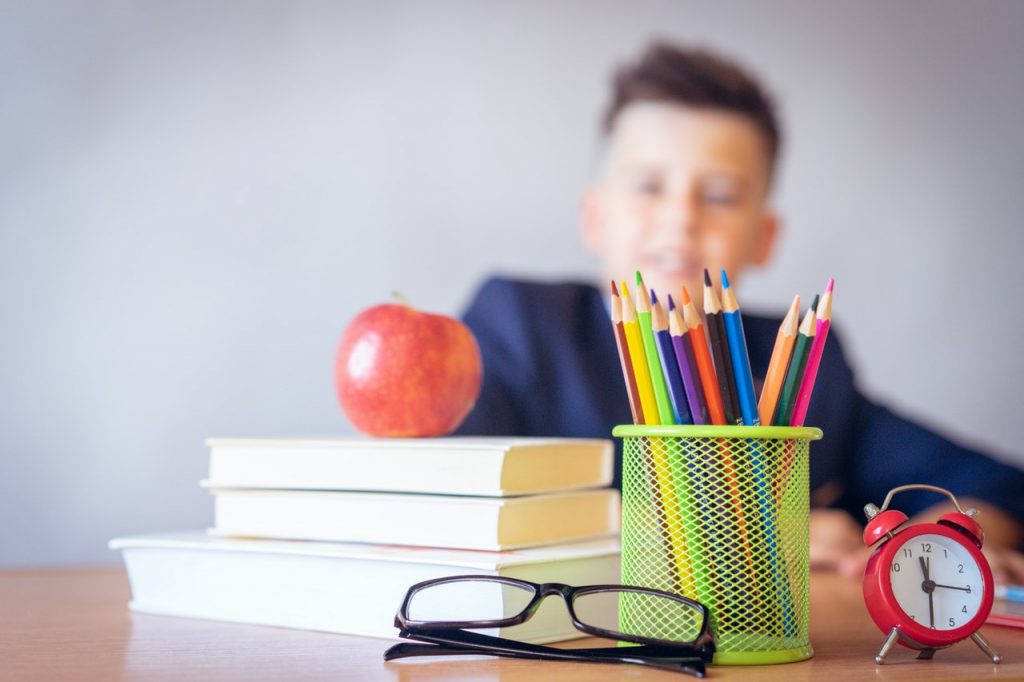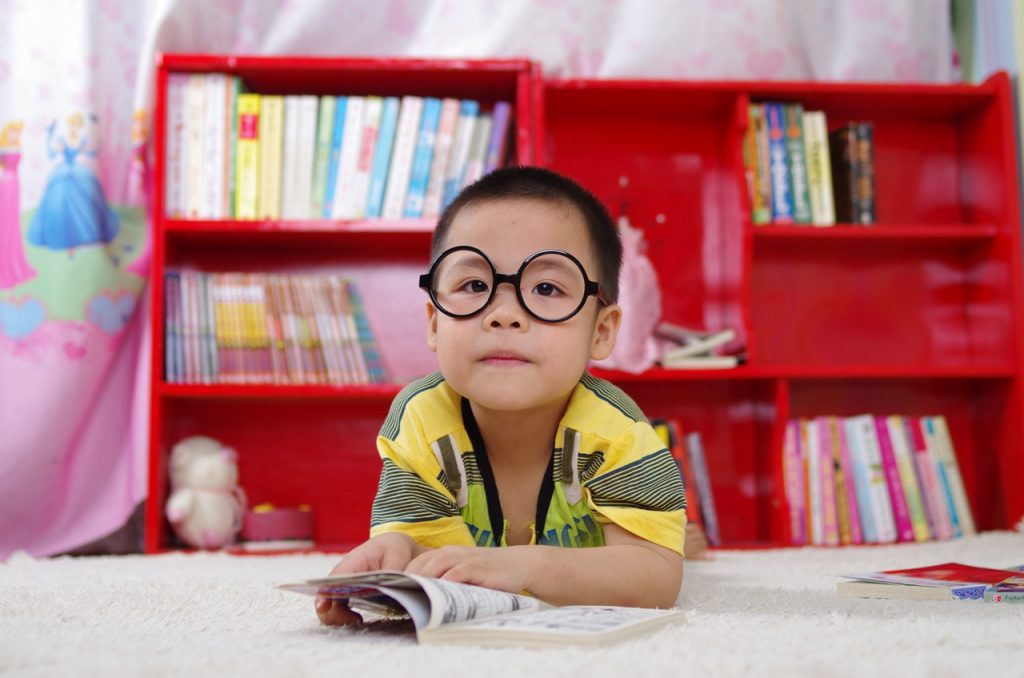Myopia, or short-sightedness as it is more commonly known, is a condition that affects how the eyes see things from a distance. With myopia, most objects that are further away can appear blurred and vague, while closer objects can be seen more clearly. Myopia in children is not a rare condition and generally affects up to 1 in 3 people in the UK in different ways.
Short-sightedness can affect the eyes differently. Some cases are mild, meaning treatment may not be required as our eyes can adapt and overcome minor issues. However, other cases can severely affect a persons’ vision significantly and interfere with their day-to-day life.
In children, the condition can start anywhere from 6 to 13 years old. Myopia most commonly occurs when the eyes grow slightly too long. The light then cant focus on the retina situated at the back of the eye properly. Why this happens remains unclear. It is thought that the condition is genetic and runs in the family, while other studies claim it is linked to focusing on close-up objects such as books and computers for a prolonged period of time.

Deal with Myopia before your child hits teenage years.
Myopia in children can become worse during their teenage years as well as during adulthood. As the body begins to grow at an increased rate, your child may start to show more signs of short-sightedness. Some of these signs can include:
- Finding it difficult to see the board at school resulting in them needing to sit closer.
- Sitting closer to the TV or holding an electronic device such as a phone closer to their face.
- Regularly rubbing their eyes (not due to tiredness).
- Complaining of headaches or sore eyes.
If you notice your child is experiencing any of these symptoms, be sure to get in touch with your local optician, who will be able to offer you the best advice. Noticing these signs quickly will enable you to get the best treatment for your child. If left untreated, the condition is likely to worsen, resulting in other eye problems, including:
- A lazy eye where the vision in one eye doesn’t develop nearly as well as the other.
- A squint so the eyes will point in different directions.
- Increased pressure inside the eyes known as glaucoma.
- Cloudy patches developing inside the lens of the eye known as cataracts.
- In the worst case, the retina can pull away from the blood vessels that supply it with oxygen and nutrients resulting in a retinal detachment.
Help prevent Myopia with a few simple tasks.
You can help prevent all of these possible outcomes by ensuring that your child regularly spends time playing outside in the natural light, reducing screen time, and ensuring they have their eyes regularly checked every 1-2 years, depending on your optician’s recommendation.
Myopia, if spotted early enough, can usually be corrected by a range of treatments. The main treatments used to treat short-sightedness are:
- Usually, prescribing corrective lenses such as glasses or contact lenses can help the eyes focus on distant objects.
- The shape of the eye can be altered using laser eye surgery. However, this treatment is not usually carried out on children as their eyes are still developing.
- A man-made lens can be permanently inserted into the eyes to help them focus correctly.

Seek Myopia treatment from a qualified optician.
Seeking treatment from a qualified optician sooner rather than later will allow for the best and most effective treatment for your child as for the first time ever we are now able to slow down the progression of myopia using the new Miyosmart lenses and MiSight contact lenses for children.
MyOpia can often get in the way of your childs active life but using MiSight, 1 day contact lenses we are now able to slow down and even correct the progression of short-sightedness in children by an amazing 59%, utilising special the special ActivControl® Technology.
Of children between the ages of 8-15, who have never worn contact lenses before, 90% of them said they preferred wearing them over wearing their glasses, and 90% of these children were able to insert and remove MiSight® 1 day lenses on their own.
Talk to us today about MiSight lenses.
